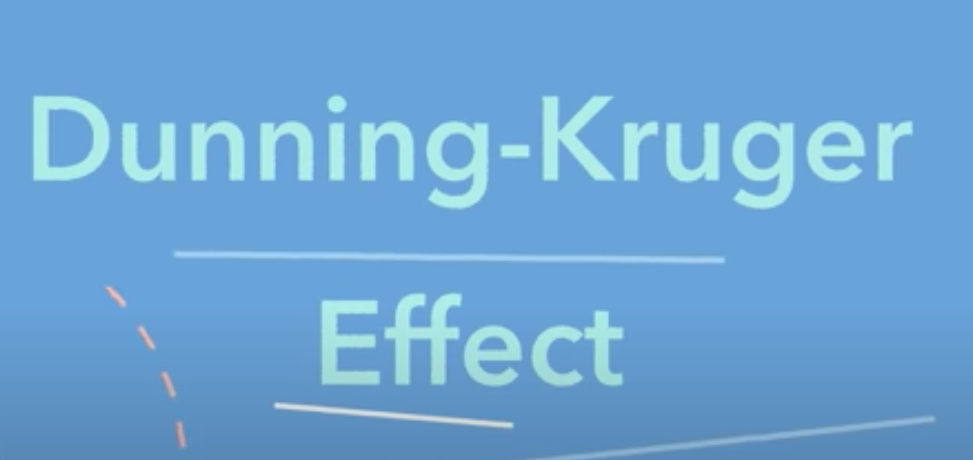Dunning-Kruger Effect (How it Impacts Root Cause Analysis)

Ted-Ed Talk Explains Dunning-Kruger Effect
Watch this Ted-Ed talk about the Dunning-Kruger Effect. The Dunning-Kruger Effect is a cognitive bias whereby people who are incompetent at something are unable to recognize their own incompetence. Not only do they fail to recognize it, but they’re also likely to feel confident that they are competent.
Incident Investigators and Dunning-Kruger Effect
Investigators can fall into this trap. Often when people use cause-and-effect (5-Whys, Fault Trees, Why Trees, …), they think they know the root cause of the problem. All they have to do is build the tree that proves their answers. How does cause and effect analysis fall short?
The #1 reason it falls short is that gaps in an investigator’s knowledge (that he/she underestimates) block the other possibilities, and the investigator doesn’t realize that he/she is jumping to conclusions.
“When you don’t know that you don’t know,
it’s a lot different than when you do know that you don’t know.”
– Bill Parcells
What To Do If You Know You Don’t Know
If you do know that you don’t know every possibility, how do you bridge that gap? The TapRooT® Root Cause Analysis System guides you. TapRooT® Root Cause Analysis helps investigators “fill in the gaps” in their knowledge to keep them from thinking that they know more than they do. TapRooT® RCA offers an investigation and improvement process that includes built-in human factors, root cause analysis, and troubleshooting tools. It takes investigators far beyond their own knowledge. TapRooT® RCA doesn’t start out looking for “why” something happened. Instead, it starts out trying to understand “what” happened.
TapRooT® Root Cause Analysis encourages investigators to identify all the mistakes, errors, or equipment failures and find the root cause of each one. Thus, there isn’t a “root cause” for an accident. Rather, there are multiple root causes for each mistake, error, or equipment failure that contributed to an accident.
The tool used to analyze these causal factors is called the Root Cause Tree® Diagram. It is copyrighted and, in software form, patented. It is “human factored” to lead investigators to the root causes of human performance and equipment problems. This is how an investigator can know what he/she doesn’t know.
Attend a public TapRooT® Root Cause Analysis Course and find out how TapRooT® Root Cause Analysis can help you improve your ability to find and fix the real root causes of incidents, accidents, quality problems, patient safety events, process safety incidents, quality problems, and equipment failures. See our upcoming courses here:
Or CONTACT US to set up a course at your site. Call one of our Implementation Advisors at 865-539-2139 for more information and a quote.





Developing countries people are unable to identified RCA. They follow only forceful principles. They themselves show off their powers to others.
Developing countries are not doing any invention. They are only consumers.
Even corrections can not be done by developing countries
Corrective actions are beyond their ability
Preventive actions are beyond their imagination
There is only one root cause – People has to identify their limits and ambitions. Keep balance in their life. Do not wish more money, more comfort. Wish for peace, happiness only